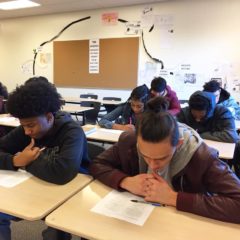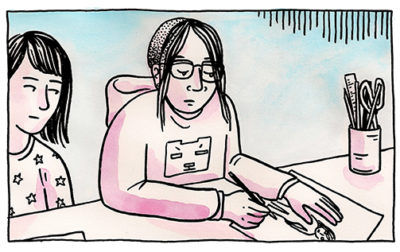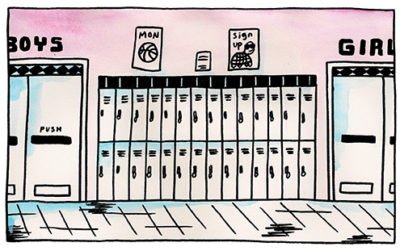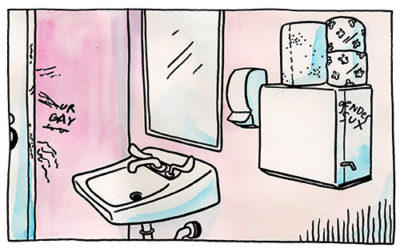Events of the last week have haunted educators around the country. School shootings are back in the news, and it seems like they never leave it anymore. We can talk for hours about how we got to this place as a society, but it is more productive to talk about how we can leave this painful and shameful chapter behind us.
We can all agree on one thing: children should be safe at school.

I have plenty of thoughts and feelings about school shootings. Like EVERY OTHER teacher in America, I have imagined what I would do if it happened in my town, my building, my classroom. How would I keep my students safe? What would I do to stop a shooter? What could I do?
In 2006, my drama students and I volunteered to take part in a simulation of a “mass casualty incident,” a dramatized school shooting staged by local and regional law enforcement, fire departments, and hospital personnel. They used our tiny junior high building as the scene of a homemade bomb and two shooters. A few adults and about twenty students volunteered to be victims and hostages on lockdown while the professionals rehearsed what they would do. I was the only teacher, and my son was one of the student volunteers.
Here’s an article about a mock mass casualty incident like ours: http://www.chronline.com/news/article_3cd1d0af-1bc4-5340-b252-a0298b53fc70.html?mode=jqm
It was very realistic, right down to professional makeup artists creating realistic wounds on the victims. We all had cards that listed our symptoms and accounted for the progression of our injuries over time. It was like a roleplaying game, only not fun. Really not fun.
I got to imagine what it was like to have my students hide in my room. I felt the real anger, frustration, and fear of a teacher who chose to break protocol to get students from the hall to come into my room, risking encountering the shooter when I did. I waited for forty-five minutes after the “shooting” for rescue, all the while moderating student conversations while hiding under desks.“What if this was real?”
I eventually rode in an ambulance with my son and another victim, and then I experienced an eerie disconnected feeling waiting at the hospital for word of his status and anything, anything else. It was surreal. It was awful. And it was FAKE.
I can only imagine what it is like for those who face real shooters. That said, you can bet I want to avoid a real “mass casualty incident.”
I appreciate those who would like common sense gun legislation passed, making it more difficult for disturbed individuals to get the guns that do the most damage. At least that is something. The problem is that it will take too long to effectively change the gun culture of America, particularly in small towns like mine. Guns are easily available, and that’s not likely to change soon.
Here’s an interesting opinion piece on America’s gun culture from the Baltimore Sun: http://www.baltimoresun.com/news/opinion/oped/bs-ed-op-0218-gun-culture-20180216-story.html
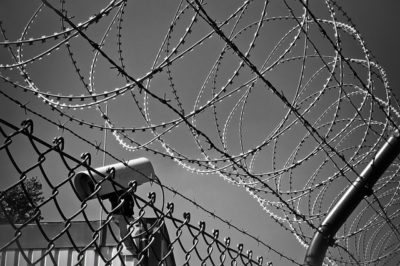
I appreciate those who would like to see more security in our schools to protect the students and staff. There are elaborate systems for locking doors, metal detectors, armed guards, etc. If funding was available, I’d be all for it. Well, except for the fact that my safe-seeming little school would be more like a fortress than a place of learning, of curiosity, of hope, or of friendship. There are inner city schools that seem like they are on constant lock down. Is that where we are all headed?
Check out this article about how increased security measures may not be the answer from Scientific American: https://www.scientificamerican.com/article/can-security-measures-really-stop-school-shootings/
I appreciate those who call for more support for victims of mental illness. In my teaching context, where poverty, drugs, homelessness and domestic instability affect so many families, I would certainly feel better if we had more services to relieve the stress and treat those who suffer from depression and anxiety. Yet, again, how will we be paying for these services? In a system that has been chronically underfunded, where will we find the money to solve this problem?
If you want to explore the mental health solution, here’s a Boston public radio commentary that makes some interesting points: http://www.wbur.org/cognoscenti/2018/02/20/parkland-school-shooting-erin-seaton
I fear that the problem will be solved like so many others we face in education, especially underfunded, rural education. We will give another job to the teachers – armed security guard.
We don’t need another job. You see, some people think that when we aren’t on vacation we are simply delivering lessons to the children and assigning homework. The truth is that we are coaching, counseling, comforting, and teaching social skills, personal hygiene, and good manners. We are guidance counselors, amateur psychiatrists, surrogate parents, life coaches, and all-day mentors to our students. Will we add to our busy professional development schedule firearms training and hand-to-hand combat? Will we to be expected to risk our lives in combat to protect our students?

Don’t get me wrong. I will do all I can to protect these kids. But, this is too much. Don’t put a gun in my hand. Don’t send me into battle. Arm me with more counselors. Arm me with community support, mentors, and volunteers. Arm me with more programs that encourage empathy, collaboration, and social skills. Arm me with more colleagues to make sure we get to every kid every day with everything they need.
Don’t make my school a fortress.
Don’t make me a soldier.
If you want me to be part of solving the problem, give me what I really need: the support to keep my students in a safe, caring, supportive, and learning-centered environment.
#ArmMeWith
Interested in the #ArmMeWith movement? https://www.weareteachers.com/armmewith/?utm_content=1519185676&utm_medium=social&utm_source=twitter
